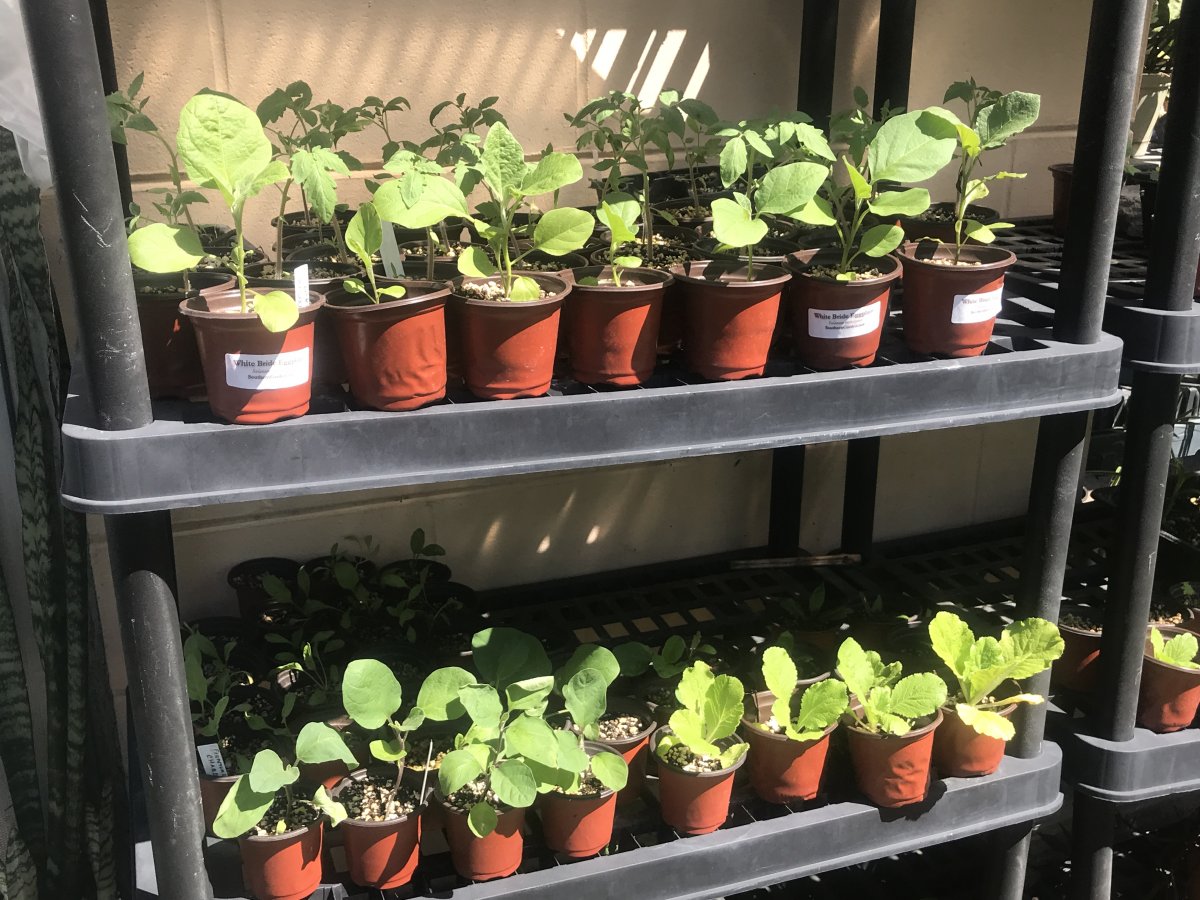In the verdant state of Florida, where the sun smiles generously, the question isn’t whether you can cultivate a thriving vegetable garden, but rather when is the best time to start a vegetable garden.
As home gardeners in this bountiful corner of the world, we’re poised to harness these cycles of nature. So, let’s look at some of the nuances of vegetable gardening in Florida to ensure your garden flourishes in harmony with the seasons.
Year-Round Growing in Florida
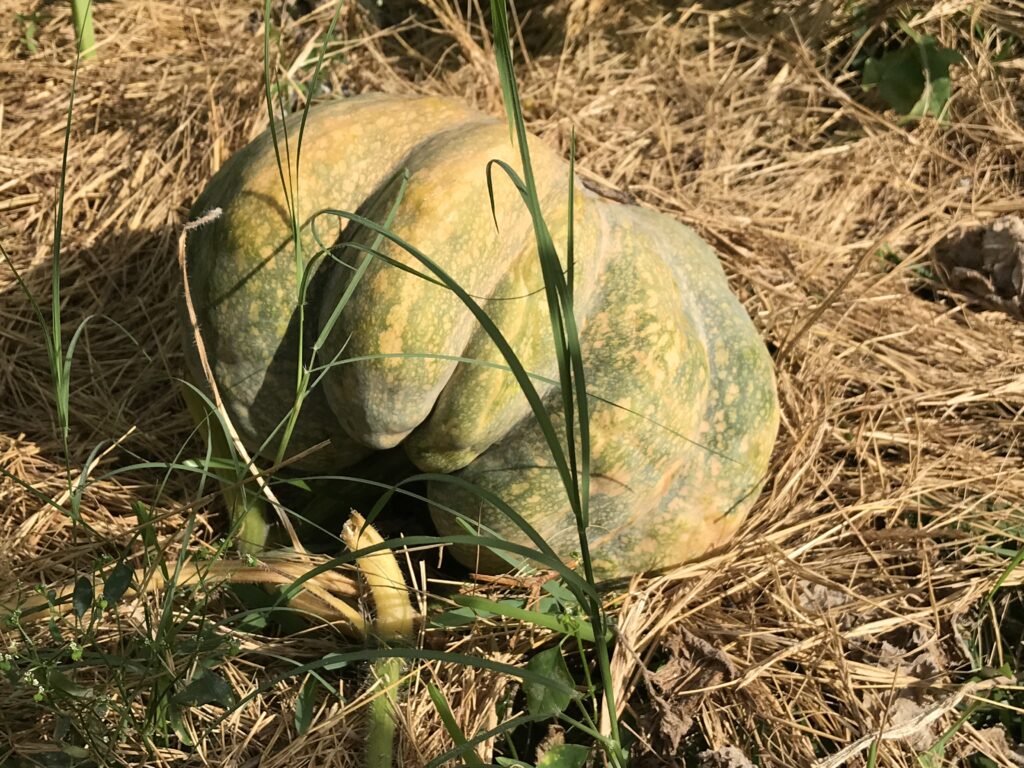
Florida’s unique climate allows for nearly continuous vegetable gardening. The state’s mild winters and hot summers create an environment where careful planning and selection of crops can yield a year-round harvest.
Spring Vegetables
Florida is definitely an outlier when it comes to the best time to start a vegetable garden. In temperate zones, most of the following vegetables are planted and grown over the summer.
In the muggy subtropics, however, it’s important to get a jump on long-season veggies so they can thrive before the summer storm season.
Start long-season vegetable seeds in late winter, or about 6 to 8 weeks prior, to plant out in early spring after the last frost (usually in February, depending on your exact USDA zone). Start faster-maturing varieties about four weeks before the last frost date.
Tomatoes
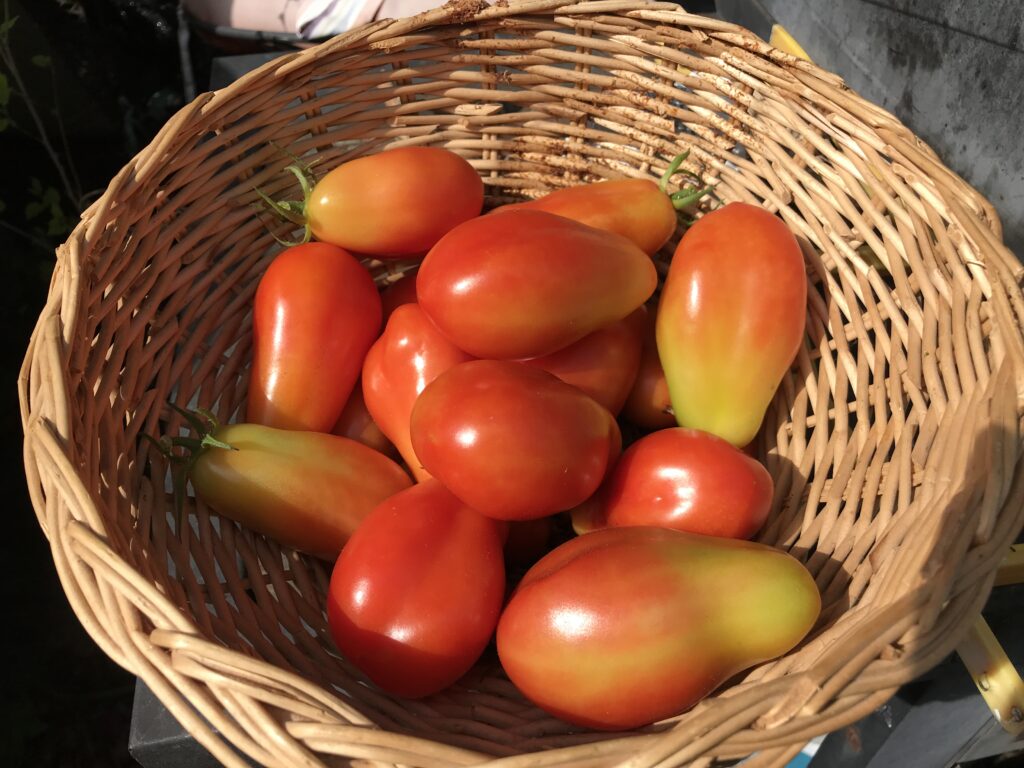
Tomatoes thrive in our spring’s warmer temperatures. Rich in nutrients and relatively easy to grow, they are perfect for Florida’s soil and climate.
Peppers
With a preference for warm weather, they start well in spring and can continue through summer. In fact, they can be cultivated as perennials in Florida.
Squash
Enjoys the moderate temperatures of spring. Squash plants are prolific producers, making them a rewarding choice. Summer may be too late to plant, due to disease and pest pressure.
Cucumbers
Love the increasing warmth and longer days of spring. They’re fast growers, making them ideal for this season.
Beans
Thriving in warm soil, beans are an excellent spring crop, with varieties like bush and pole beans adapting well to Florida’s climate. Direct sow beans as soon as the last frost date has passed.
Summer Vegetables
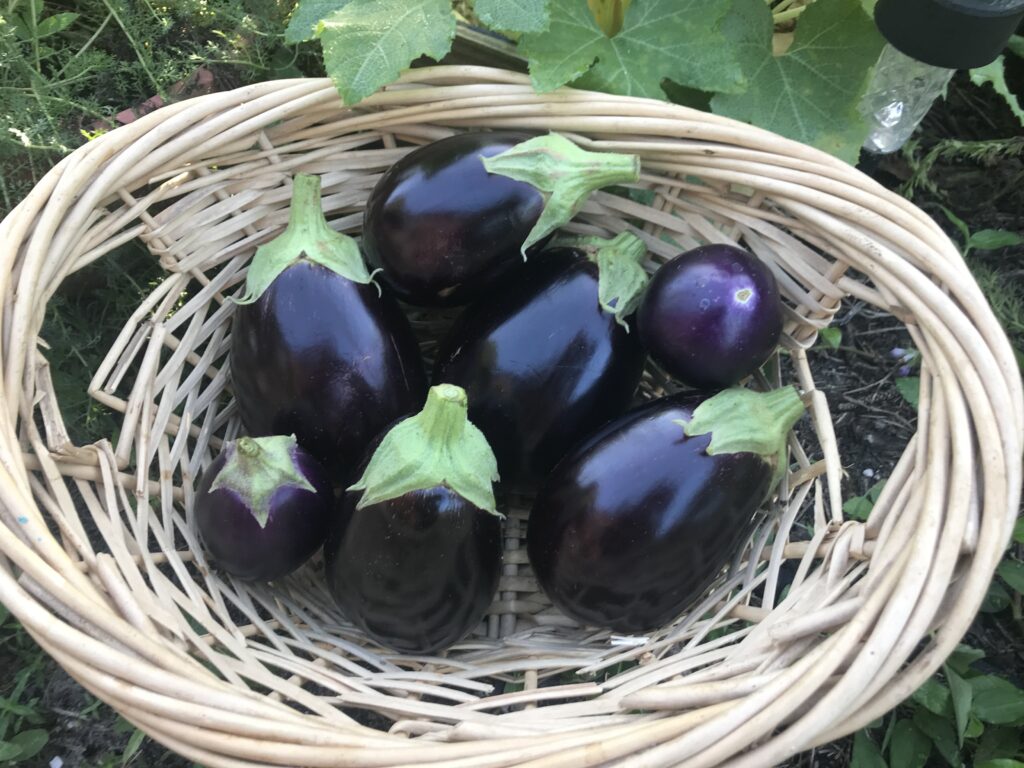
Because of our extreme summer weather, only the most heat-tolerant vegetables thrive in June through August.
Eggplant
With its preference for hot weather, eggplant grows well in our intense summer heat. You can plant earlier but know they will really flourish over the summer.
Okra
Heat-loving and drought-tolerant, okra is a staple in Southern gardens.
Sweet Potatoes
Plant anytime between spring and summer. They thrive in hot weather, making them perfect for Florida’s summers. Sweet potatoes can be grown as “perennials” in most of Florida simply by leaving smaller tubers in the ground when you harvest.
Southern Peas
Ideal for hot climates, they are a nutritious addition to the garden and a staple throughout much of the south. Look for cowpeas, black-eyed peas, or pigeon peas.
Yard Long Beans
These Southeast Asian beans taste different than regular green beans, but unlike the more traditional types, they’ll thrive in a Florida summer.
Fall Vegetables to Grow in Florida
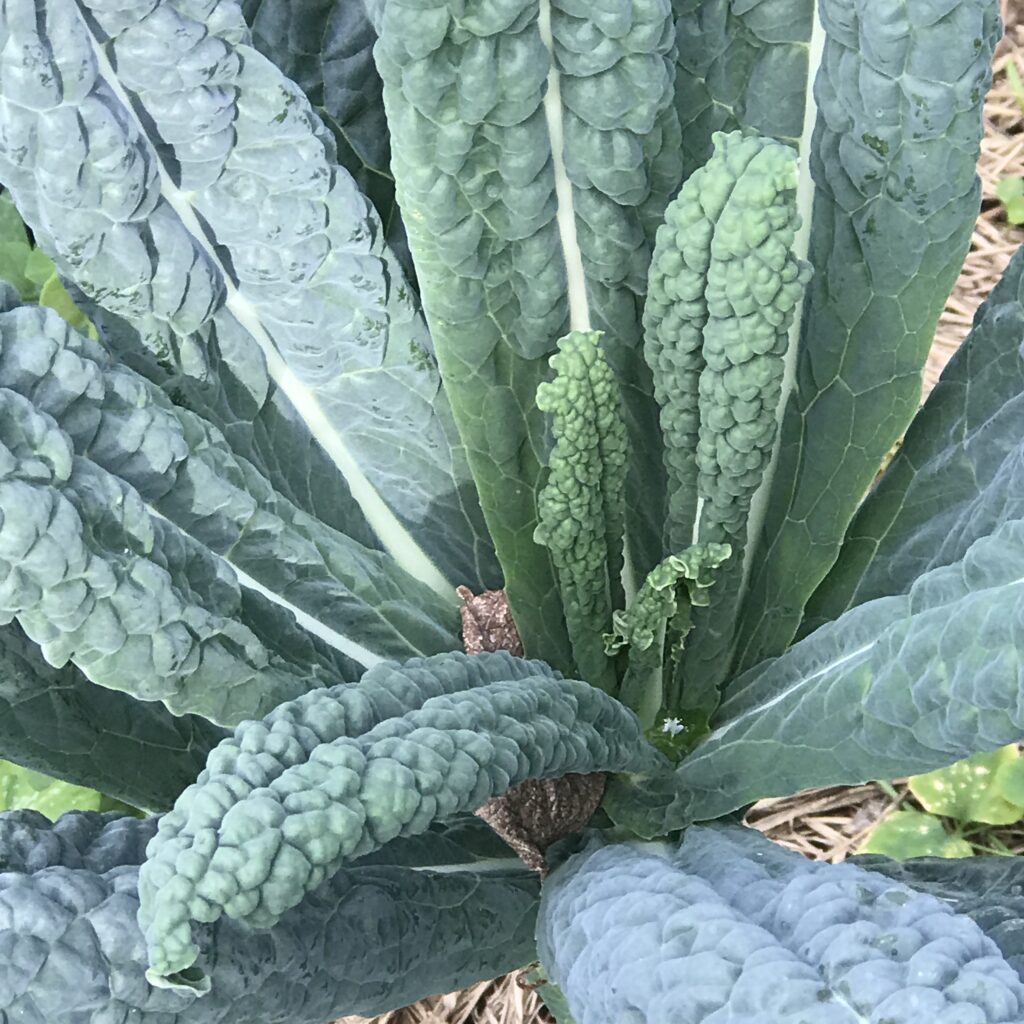
I personally feel that fall is the best time to start a vegetable garden in Florida. The days are still long enough to provide sunlight for working in the evening once the heat dissipates.
Lettuce
Cooler fall temperatures are ideal for growing crisp, tender lettuce. You can grow lettuce in late fall until spring, over our mild winters.
Broccoli
Thrives in cooler weather, making it a perfect crop to plant in the fall. Because it’s cold hardy, you can grow it throughout the winter months.
Cauliflower
Similar to broccoli, it grows well in the cooler temperatures of fall. Some regions in Florida may still be too hot for cauliflower, so check with your county ag extension for specific advice.
Carrots
The mild, moist fall weather is ideal for growing sweet, crunchy carrots, and our sandy soil offers plenty of room for root vegetables.
Kale
Hardy and frost-tolerant, kale is a nutritious choice for a fall garden. Our random cold snaps simply sweeten the crop.
Winter Vegetables for Florida Gardens
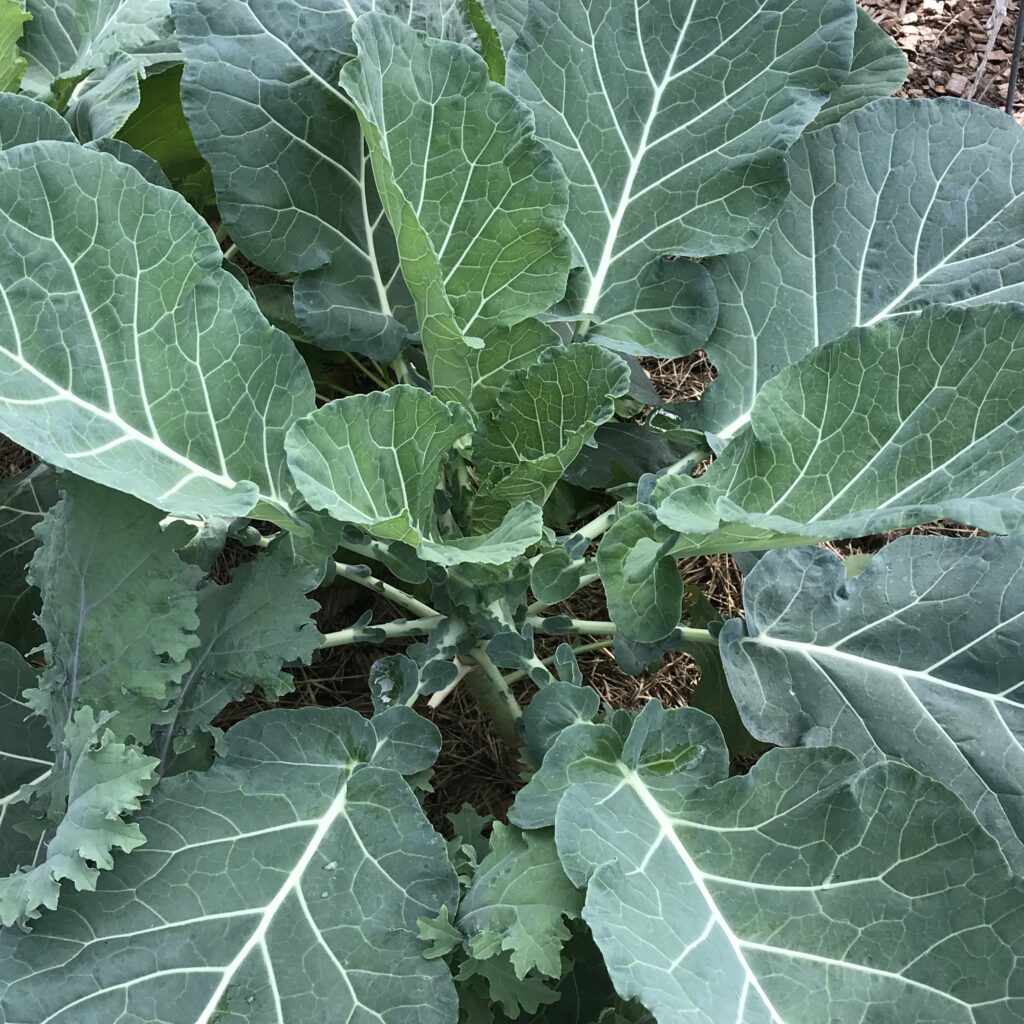
Yes, you really can grow in the winter. My own garden is far more abundant in the winter than say, the summer.
Spinach
Cold-hardy spinach can grow well in North Florida’s milder winters. Those in Central and South Florida may want to choose a different leafy green. I’ve never had any luck with the stuff here in 10A, so grow Perpetual Chard instead.
Collard Greens
Tolerant of cold weather, they are a staple in Southern winter gardens. Best of all, they will often continue to grow until summer.
Beets
Can be grown in winter due to their frost tolerance.
Radishes
Fast-growing and frost-tolerant, perfect for a quick winter crop, or even a succession of several crops from November through April. Roasting radishes makes them sweeter and reduces any spiciness.
Herbs
As a hardy herb, it survives the cooler temperatures of winter. Cilantro also enjoys our winter weather. It’s also a good time to sow perennial herb seeds, such as sage, oregano, and thyme.
So, When is the Best Time to Start a Vegetable Garden in Florida?
The entire year offers unique opportunities for gardening in Florida., but certain times are more ideal than others.
Starting Your Florida Vegetable Garden in Winter
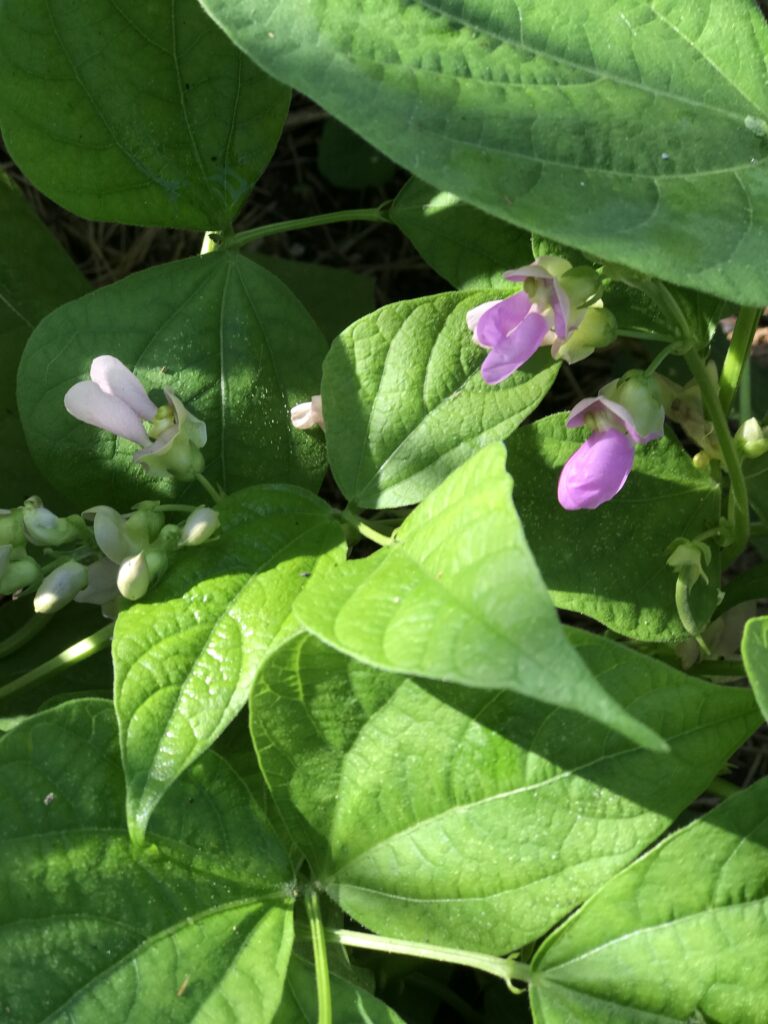
Prepping a spring vegetable garden for Florida starts as early as December. Our mild winters make it an ideal time for outdoor work. I do most of my major work in our drier winters, such as putting up or repairing garden supports, cleaning out the shed, cutting up wood, and shredding woody debris.
Because it doesn’t freeze often and never long enough to prevent working the soil, you can start as early as December to ensure your garden is ready for spring.
Many areas of Florida have last frost dates in February. So, don’t put off getting ready for spring.
Start Seeds Indoors
Long-season vegetables, including peppers and tomatoes, are perfect for starting indoors over the winter. This way, you’ll have large, healthy plants ready to go into the ground as soon as you pass your first frost date.
Preparing your garden bed in late winter allows you to get a head start on crops like tomatoes and peppers, ensuring a bountiful harvest before the height of summer.
It also allows you to plant out in succession, getting several harvests of those fast-maturing fruits and vegetables, like cucumbers, melons, and squash.
It’s also an excellent time to grow corn without worrying about the pest pressure that comes with hot weather.
Prepping Your Florida Vegetable Garden
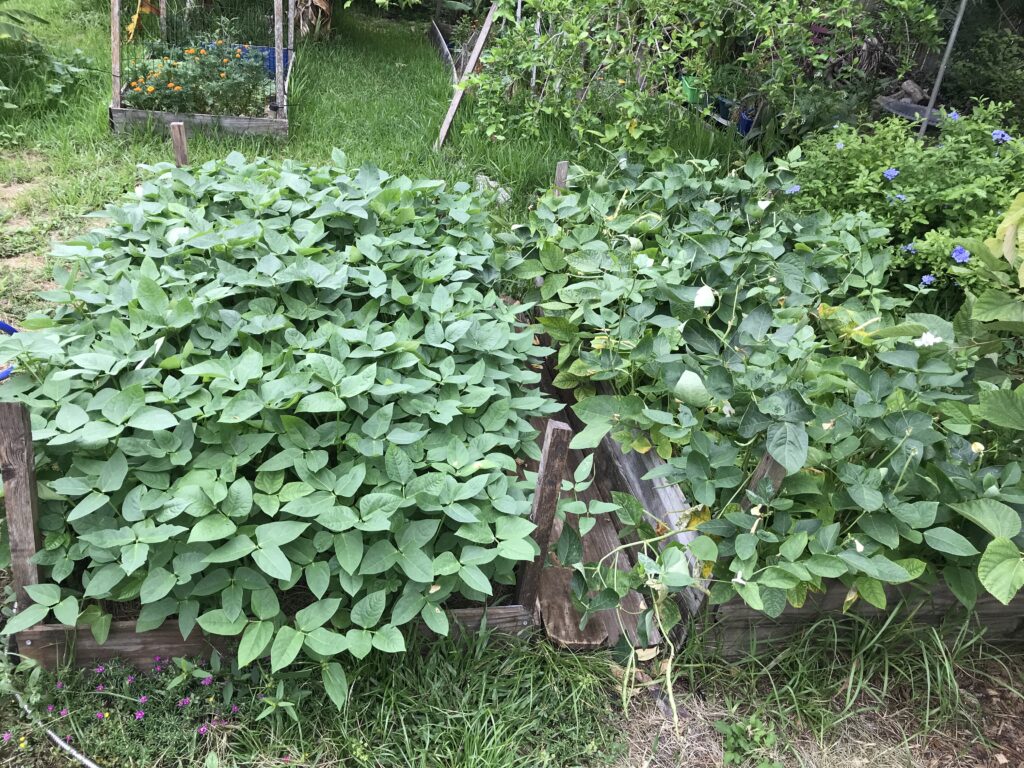
Prepping your garden bed in the winter means you can employ no-dig or no-till methods for planting in spring. No-till methods can significantly enhance the health and productivity of your garden, as well as its long-term soil health.
Why No-Till Gardening for Florida?
I adopted no-till about five years ago and found that my poor sandy soil needed less amending, fewer fertilizers, and my vegetables needed fewer waterings.
No-till gardening preserves the natural structure of the soil. It keeps the beneficial microorganisms intact, which are essential for nutrient cycling and healthy plant growth.
This method helps in retaining soil moisture, especially in the warmer, sunnier climate of Florida.
No-till beds often have fewer weeds since the soil is not disturbed, which can bring dormant weed seeds to the surface.
Over time, no-till gardening leads to richer, more fertile soil as organic matter accumulates and decomposes naturally.
By not disturbing the soil, erosion is minimized, which is especially important in areas prone to heavy rains, like Florida.
Last, but certainly not least — no-dig gardening is easier on the human body. Especially for home-scale gardening, prepping and cultivating a product garden bed can be back-breaking.
While physical exercise is good for the body, mind, and soul, our extreme climate can make it absolutely exhausting. We had heat indexes in the triple digits for days on end in 2023. Working outdoors in that kind of heat can be dangerous. Even fatal.
Choosing the Right Spot
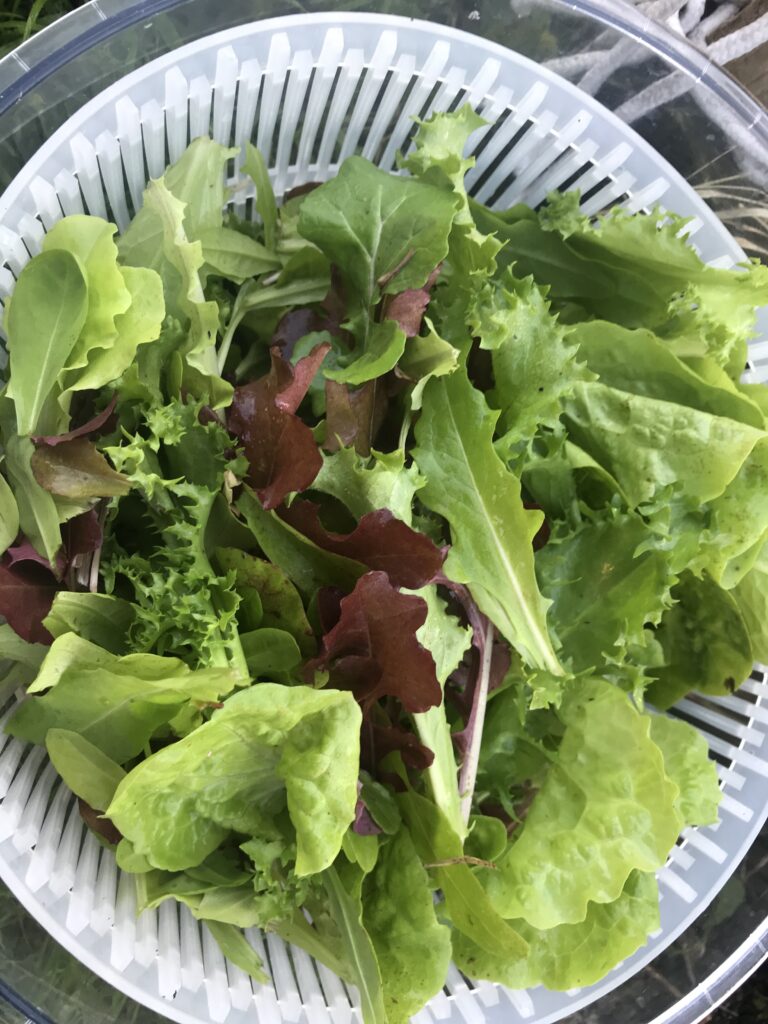
Most vegetables need at least 6-8 hours of direct sunlight. Observe your potential garden area throughout the day to ensure it gets enough sun.
Good drainage is essential, and although most of our Florida soils are pretty sandy, we’re certainly famous for our swamps. So, avoid areas where water tends to pool after rain.
Choose a spot that is easily accessible for watering, weeding, and harvesting. As I grow older, I find that planning ahead can prevent many backaches.
Look for windbreaks or structures to protect your garden from strong winds, which can be frequent in Florida.
Once you’ve chosen the spots for your garden beds, consider starting as early as November or December to start a vegetable garden bed.
When you use no-dig garden methods, you can let Nature do most of the work. However, she does need some time to perform her magic.
Preparing Your Garden Beds for Spring Planting
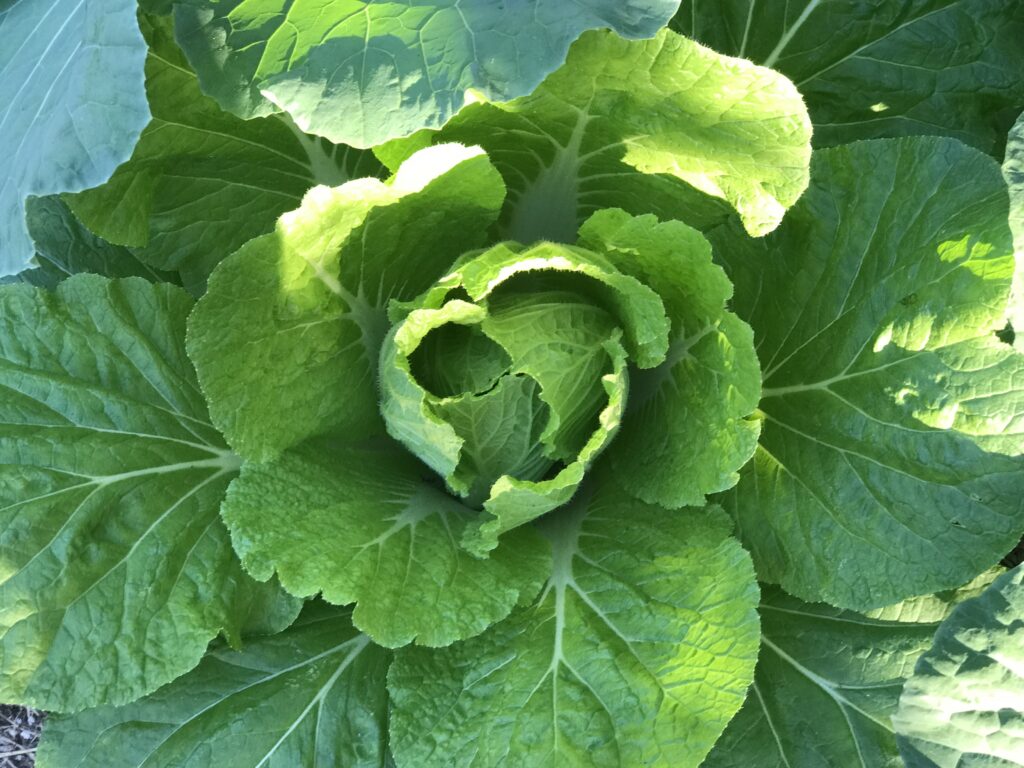
As early in advance as you can, it’s time to start preparing your garden beds. You want to prep bed by layering it with organic matter and allowing it to decompose.
First Layer
The first layer is for weed suppression. Start by laying down cardboard or several layers of newspaper over your garden area. This layer suppresses existing grass and weeds.
Second Layer
Spread a thick layer of compost over the garden area. This serves as the primary growing medium for your plants.
Third Layer
Cover the compost with a layer of mulch, like straw or hay to conserve moisture and keep weeds at bay. You can also use wood chips, but I find they interfere a bit too much with any succession planting because they take so long to break down.
Settling
Once you have your layers build up, give your garden bed a few weeks to settle. The cardboard or newspaper will gradually decompose, and the compost will start feeding the soil life beneath.
This is another reason to start as early as possible on bed preparation.
Cover Crops
Another trick to managing poor Florida soils is to set the bed up in November and plant a winter cover crop on top that you can cut down to further feed the soil.
One highly suitable winter cover crop for Florida include crimson clover for its nitrogen-fixing ability. It’s also a beautiful addition to your garden that improves soil structure and feeds numerous pollinator species. So, even if you aren’t able to kill it all off before planting, it continues to add benefits to your garden.
While the bed is settling, it’s time to start your long-season vegetables. I recommend starting long-season vegetables as much as 12 weeks in advance. Tomatoes, peppers, and eggplant all benefit from a good head start before planting out.
Planting
When it’s time to plant, simply move aside the mulch where you want to plant and put your seedlings directly into the compost layer. The natural layers will provide a nutrient-rich, moisture-conserving environment for your plants to thrive.
Advantages of No-Till in the Florida Spring Garden
Spring in Florida can be dry, and the no-till method helps retain soil moisture.
And because of our variable winter weather — warm sunny days with random cold snaps — the mulch layer helps keep the soil temperature more stable.
Throughout the growing season, continue to add organic materials like compost or grass clippings to the surface of your no-till beds. This will continually improve the soil fertility and structure and suppress our abundant weed species.
The Best Time to Start a Vegetable Garden in Florida is Now
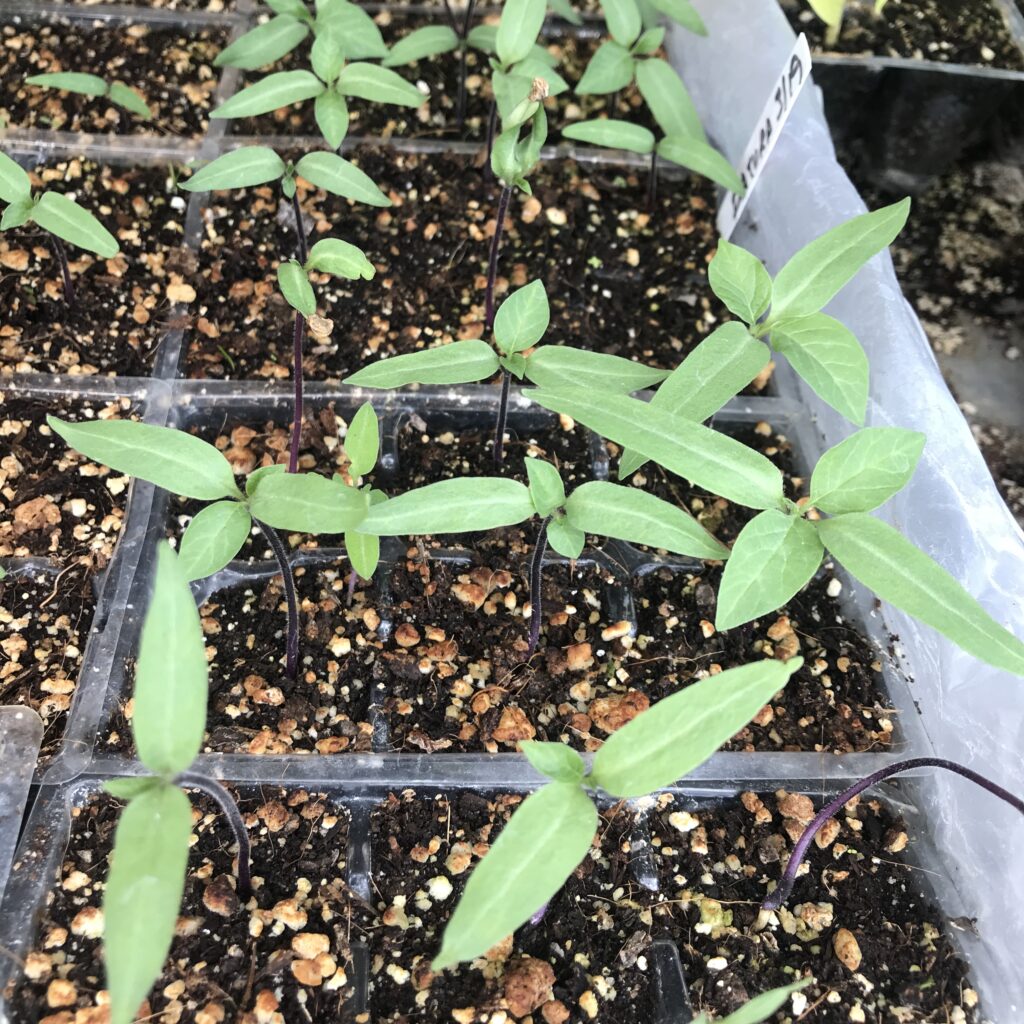
While late winter and late summer are the best time to start a vegetable garden in the Sunshine State, it’s really a year-round adventure.
To learn more about the specifics of garden planting schedules in Florida (and Georgia and Louisiana), consider purchasing my state-specific gardening planners available on Amazon. These offer some tools that will help you maximize your garden’s potential in these unique climates.
